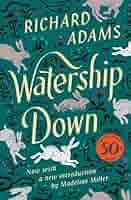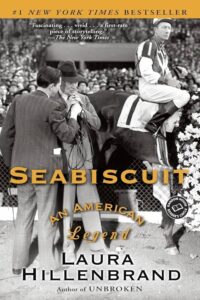What would happen if Bunyan’s Pilgrim’s Progress met Kreeft’s imaginative world-view dialogue Between Heaven and Hell? I think we’d get Richter’s provocative and entertaining Christopher’s Journey.
We follow our protagonist on an allegorical journey to the Mountain of God encountering questions of good and evil, right and wrong, hope and despair, the spiritual and the material.
 On his trek, Christopher is joined by a colorful collection of characters who each carry a distinct lens through which to view the world. Timothy values rationality, the life of the mind, and what science can prove. Chanter sees beyond good and evil to a singular existence that puts him at peace. Dwayne is full of youthful idealism and energy. Martin is a salt-of-the-earth companion packed with humor and good sense. On their path they meet thieves and brigands, desert heat and an impassable bridge.
On his trek, Christopher is joined by a colorful collection of characters who each carry a distinct lens through which to view the world. Timothy values rationality, the life of the mind, and what science can prove. Chanter sees beyond good and evil to a singular existence that puts him at peace. Dwayne is full of youthful idealism and energy. Martin is a salt-of-the-earth companion packed with humor and good sense. On their path they meet thieves and brigands, desert heat and an impassable bridge.
Christopher (“Christ carrier”) also brings with him a stone which he has seen used powerfully by his mentor in performing miracles. Yet somehow it remains inert in Christopher’s hands. This produces doubts and uncertainties that Christopher cannot shake and which drive him on his pilgrimage.
As we might expect from an allegory subtitled “A Theodicy” (an attempt to explain the goodness of God in the face of evil), we do not find the fluid plot or fully developed personalities of a modern novel. But we do meet unexpected twists in the tale and encounter characters who are more than one-dimensional.
This is not a book of easy solutions. A good deal is left ambiguous and unresolved which some may find unsatisfying. Yet while there is truth in life, having much that is unanswered is also true to life. We as readers are left to struggle through these questions ourselves, which in any case we all must do.
—
Kent Richter is a writer and friend who is a retired professor of philosophy. He gave me this book. My opinions are my own.




 Psalms is a different book with a different context—one aspect of which is that of bringing all our emotions, concerns, praise, frustrations, thanksgiving, and sorrows to God in worship. In fact, more than a third of all psalms are laments, more than any other type of psalm.
Psalms is a different book with a different context—one aspect of which is that of bringing all our emotions, concerns, praise, frustrations, thanksgiving, and sorrows to God in worship. In fact, more than a third of all psalms are laments, more than any other type of psalm. 


 Because the New Testament writers were people steeped in the Old Testament, that’s where they often drew ideas, motifs, and references to understand this surprising Jesus who was not the military Messiah they expected. The language of “passing by” recalls the story in Exodus 32–33 when Moses asked God to see his glory. God says, “When my glory passes by, I will put you in a cleft in the rock and cover you with my hand until I have passed by” (Exodus 33:22, my emphasis).
Because the New Testament writers were people steeped in the Old Testament, that’s where they often drew ideas, motifs, and references to understand this surprising Jesus who was not the military Messiah they expected. The language of “passing by” recalls the story in Exodus 32–33 when Moses asked God to see his glory. God says, “When my glory passes by, I will put you in a cleft in the rock and cover you with my hand until I have passed by” (Exodus 33:22, my emphasis).

 Such a story would prove to Nietzsche that he was right, that people don’t operate by ideals, even the most high minded. It’s all a sham, a fake, a charade. Even a political party supposedly built on the foundation of peace with the natural world quickly degenerates into vitriol and violence.
Such a story would prove to Nietzsche that he was right, that people don’t operate by ideals, even the most high minded. It’s all a sham, a fake, a charade. Even a political party supposedly built on the foundation of peace with the natural world quickly degenerates into vitriol and violence.